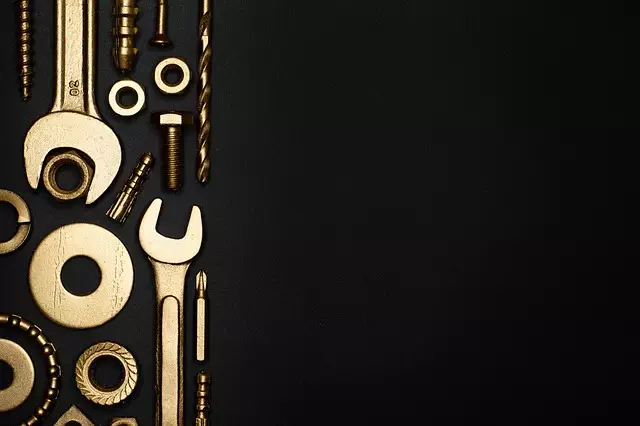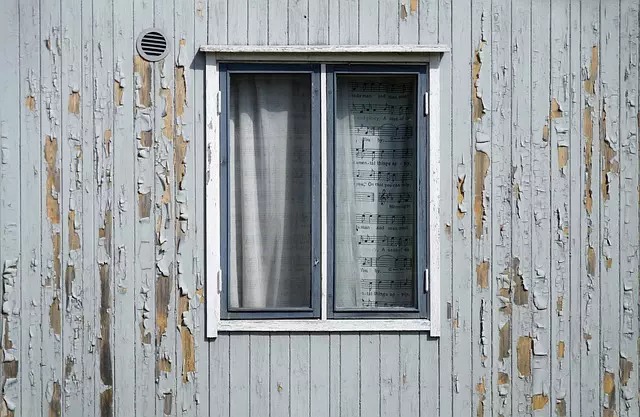Stem Wall Stabilization is a critical technique for enhancing residential foundation integrity, especially in seismic or unstable soil areas. By reinforcing stem walls, this method prevents damage from erosion, settlement, and environmental factors, ensuring homes' long-term durability and safety. Signs of stem wall weakness, like cracks, uneven floors, or doors that swing, indicate the need for repair, which includes bracing, filling gaps with polymeric compounds, or replacing damaged segments. Choosing durable materials like high-quality concrete and steel offers robust support. Professional services provide expertise, advanced equipment, and tailored solutions, while preventive measures like regular inspections and drainage systems further safeguard stem walls and residential foundations.
Stem wall stabilization is a crucial aspect of residential foundation repair, addressing structural integrity issues in homes. This comprehensive guide explores stem walls’ critical role in building stability and the common problems that can lead to their instability. We’ll walk you through identifying signs of distress, various repair techniques, material selection for long-lasting solutions, and the benefits of professional services. Learn how to prevent future issues and ensure your home’s structural integrity with effective stem wall stabilization measures.
Understanding Stem Wall Stabilization: A Foundation Repair Solution

Stem Wall Stabilization is a specialized technique designed to address the structural integrity of residential foundations, particularly in areas prone to seismic activity or uneven soil conditions. It involves the reinforcement and strengthening of stem walls, which are vertical supporting elements connecting the foundation to the structure’s framework. This process is a crucial component of residential foundation repair, aiming to mitigate potential damage caused by environmental factors.
By stabilizing the stem walls, contractors can ensure the long-term durability and safety of homes. The method often includes using structural supports like steel braces or reinforced concrete to brace the walls against lateral forces, such as wind or earthquake pressure. This proactive approach is essential in preventing costly repairs and maintaining the structural integrity of residences, making it a valuable solution in the realm of residential foundation repair.
The Role of Stem Walls in Residential Structures

Stem walls play a pivotal role in the structural integrity and stability of residential buildings. These vertical elements, often made of concrete or masonry, form the exterior perimeter of a home and support the weight of the roof and upper stories. In many residential structures, stem walls serve as the primary line of defense against soil erosion and settlement, which are common issues leading to residential foundation repair.
By reinforcing these walls, homeowners can mitigate potential structural damage and costly repairs. Proper stabilization techniques ensure that the stem walls remain robust and aligned, preventing issues like cracks, leaning walls, or uneven floors. This is especially crucial in areas prone to seismic activity or extreme weather conditions, where stem wall stability is essential for the overall safety and longevity of a residential structure.
Common Issues Leading to Stem Wall Instability

Stem walls, a critical component in many residential foundation repair scenarios, often face stability challenges due to various factors. One of the primary issues is soil erosion around the stem wall base, which can be exacerbated by poor drainage or nearby construction activities. Over time, this erosion weakens the support structure, leading to cracks and misalignments that compromise the overall integrity of the foundation.
Another common problem is uneven settling, which occurs due to changes in soil moisture content or fluctuations in temperature. These factors can cause the ground to shrink or expand, resulting in differential movement between different parts of the stem wall. Such uneven settling might not be immediately noticeable but can gradually lead to severe structural damage if left unaddressed.
Identification: Signs Your Stem Wall Needs Stabilization

If you’re noticing cracks in your home’s stem wall, it might be time to consider stabilization. These cracks can be a clear indication that your residential foundation repair is needed. Stem walls, which support the structure and provide stability, are especially vulnerable to settling and shifting over time, leading to structural damage if left unaddressed.
Other signs include uneven floors, doors that stick or swing, and visible gaps in the wall where it meets the floor or ceiling. If you live in an older home, or your property has experienced soil settlement or recent construction nearby, regular inspection is crucial. Prompt action on identifying these issues can prevent more severe and costly damage to your home’s foundation, ensuring a secure and stable living environment.
Repair Techniques for Strengthening Stem Walls

Stem wall stabilization is a critical aspect of residential foundation repair, ensuring the structural integrity and longevity of homes. When these walls show signs of weakness or damage, several repair techniques can be employed to strengthen them. One common approach involves using steel braces or beams to provide additional support. These braces are strategically placed to distribute the weight evenly and prevent further movement or shifting of the stem wall. This method is particularly effective for older structures where original construction may have lacked adequate bracing.
Another technique leverages modern polymeric compounds that are injected into cracks and voids within the stem wall. These compounds expand, filling gaps and strengthening the overall structure. This method not only improves stability but also helps to prevent water intrusion, a common cause of foundation damage. For severe cases, complete replacement of the affected stem wall segments with precast concrete or steel-reinforced concrete is often recommended. Such repairs require meticulous planning and execution to ensure the new construction seamlessly integrates with the existing foundation, maintaining the overall aesthetic and structural soundness of the residence.
Choosing the Right Materials for Long-Lasting Stability

When it comes to stem wall stabilization, selecting the appropriate materials is paramount for ensuring long-lasting repairs in residential foundation systems. The choice of materials should be guided by factors like durability, compatibility with existing structures, and resistance to environmental elements. For instance, high-quality concrete or steel reinforcement bars can provide robust support, enhancing the overall stability of the stem wall. These materials are known for their strength and longevity, making them ideal solutions for addressing foundation issues.
In addition, modern polymeric products offer an innovative approach to stem wall stabilization. These advanced compounds are designed to fill gaps and cracks, providing a flexible yet sturdy barrier against further damage. Their adaptability and resistance to corrosion make them attractive options for both new construction and repair projects in the realm of residential foundation repair.
Benefits of Professional Stem Wall Stabilization Services

Professional stem wall stabilization services offer a range of benefits for those concerned about their residential foundation repair needs. One of the primary advantages is expertise and experience. Reputable service providers employ highly skilled technicians who understand the intricate details of stem wall construction and potential issues that may arise over time. They utilize advanced equipment and techniques tailored to specific stabilization methods, ensuring efficient and effective results.
Moreover, these professionals provide long-term solutions, addressing not just the current problem but also preventing future damage. Regular inspections and maintenance plans are part of their services, allowing for early detection of any instability. This proactive approach can save homeowners significant costs and headaches in the long run, as it prevents minor issues from escalating into major residential foundation repair challenges.
Preventive Measures: Ensuring Future Stem Wall Integrity

Preventive measures play a vital role in maintaining the integrity of stem walls, an essential aspect of residential foundation repair. Regular inspections are key to identifying potential issues early on. Homeowners should be vigilant for any signs of cracks, unevenness, or shifting in the wall structure. Early detection allows for prompt action, preventing what could become severe damage over time.
Implementing structural support systems, such as steel braces or mesh reinforcement, can reinforce stem walls and enhance their stability. Proper drainage around the foundation is another crucial preventive step, as it reduces water pressure against the walls. Regular maintenance, including sealing cracks and ensuring proper ventilation, contributes to long-term wall integrity, thus safeguarding the overall structural soundness of residential properties.
